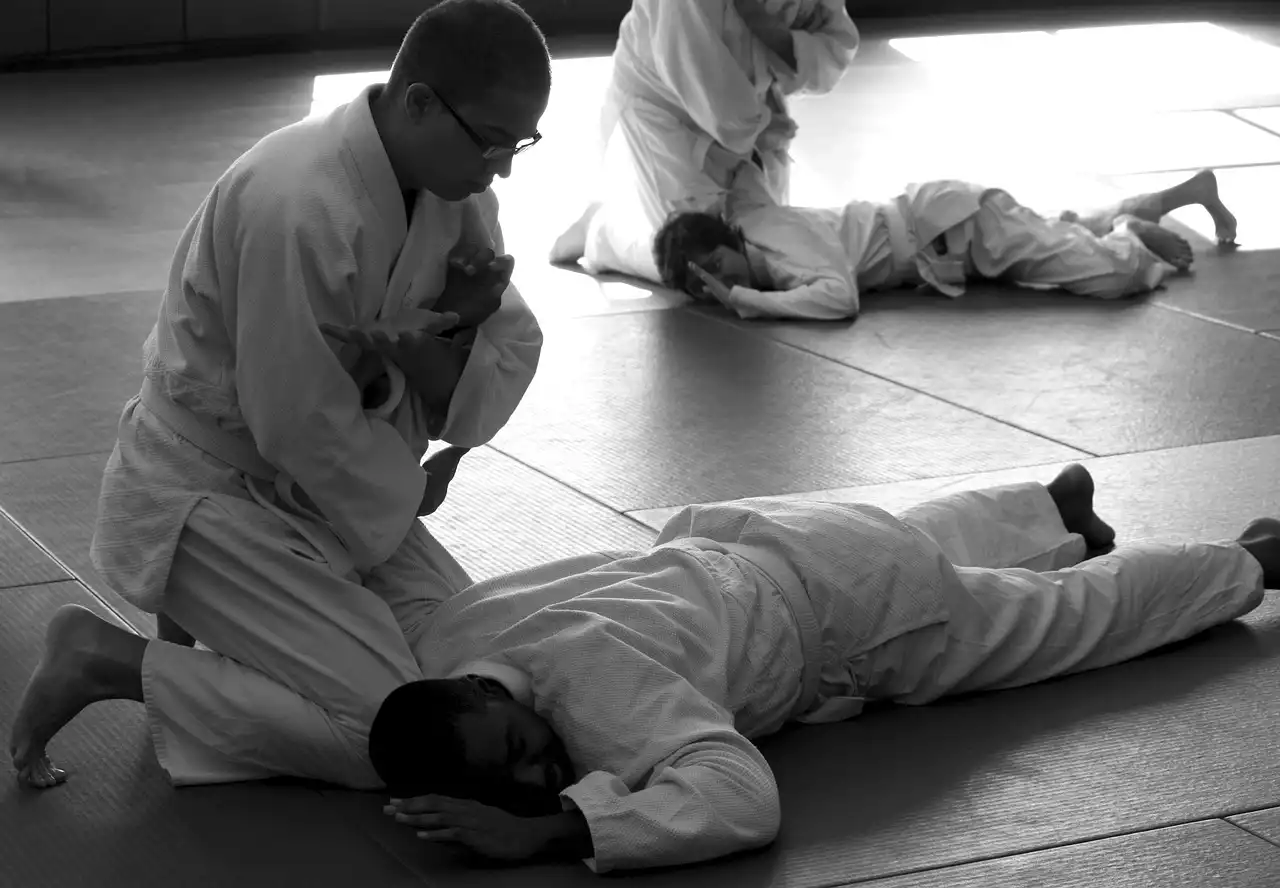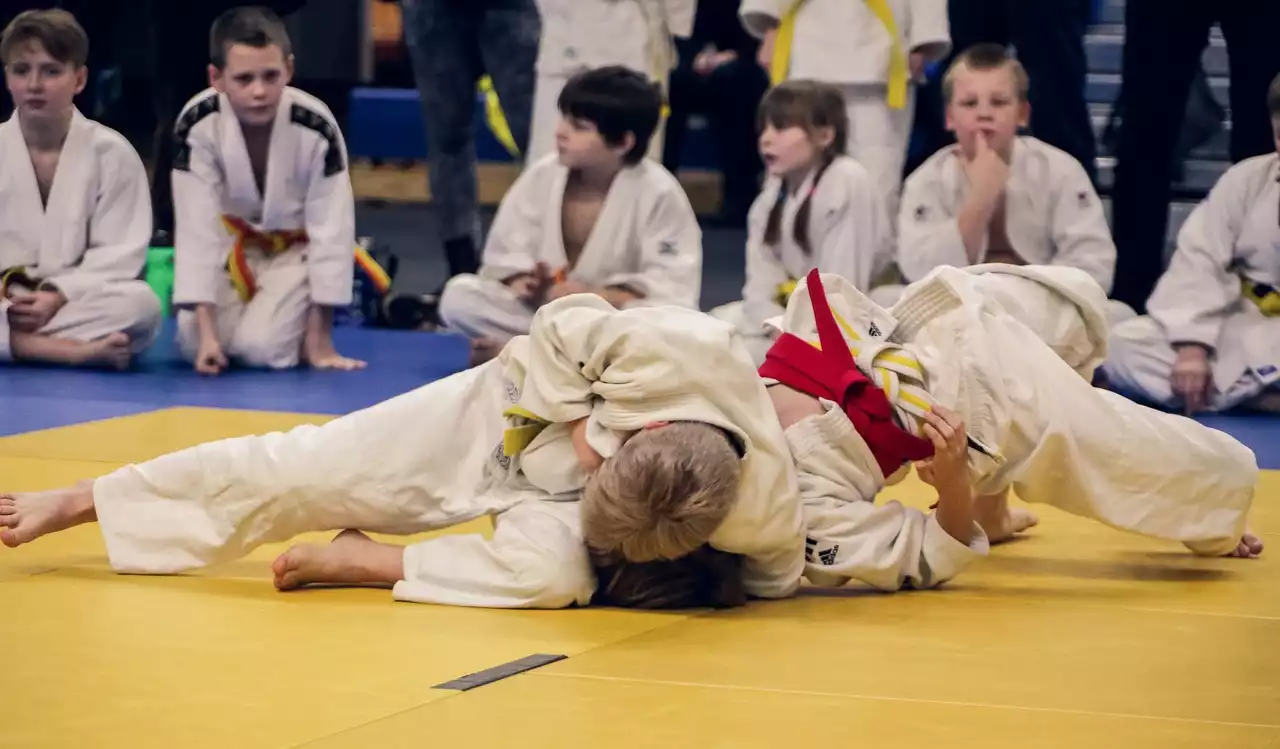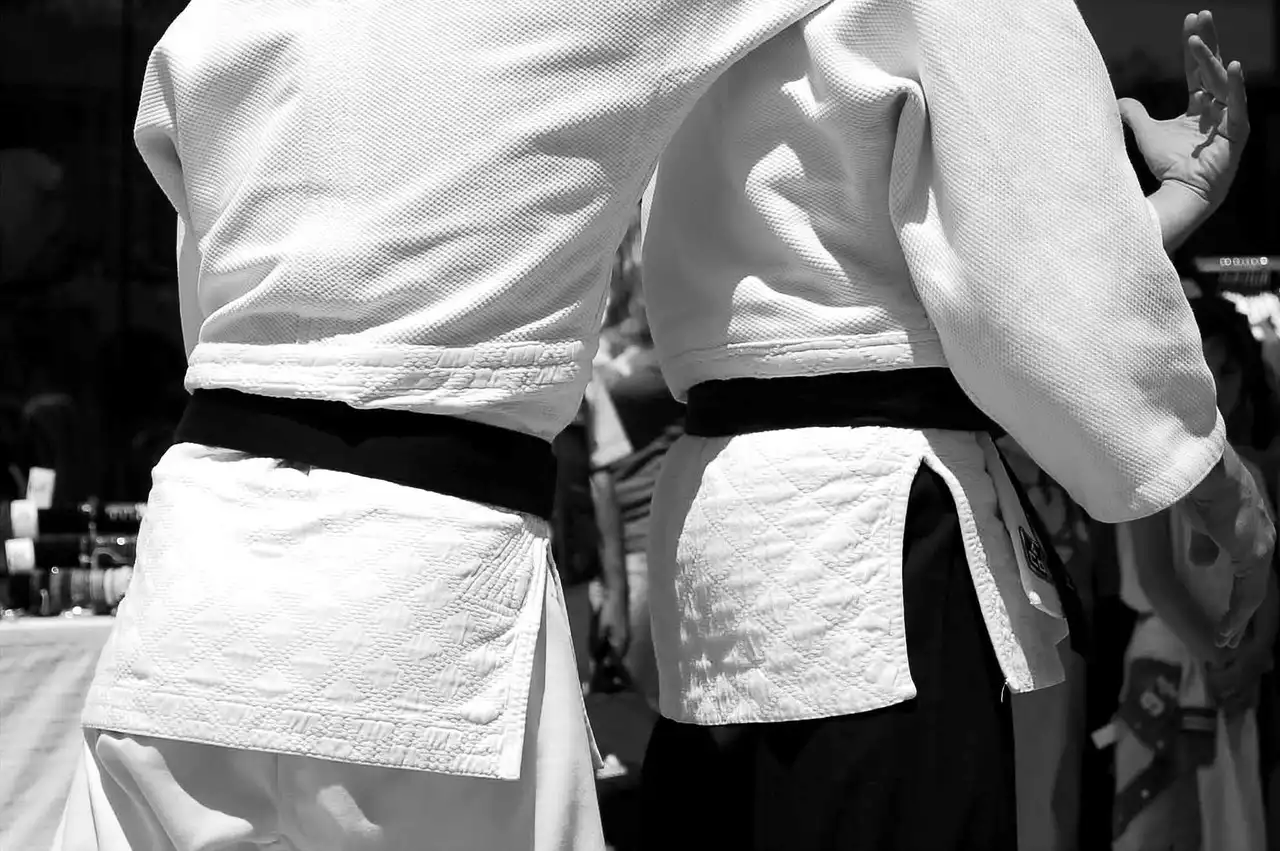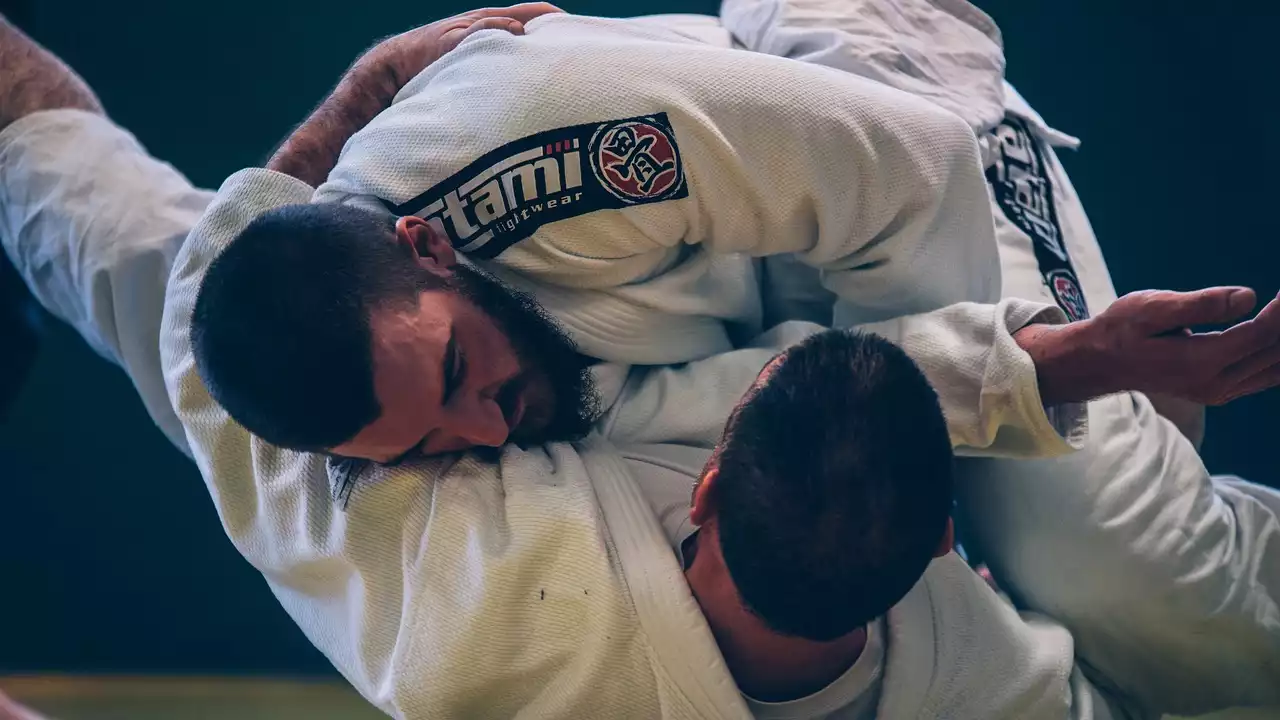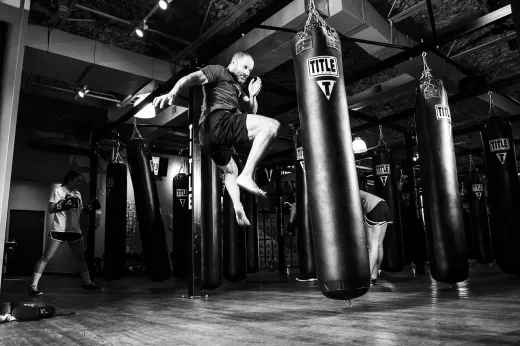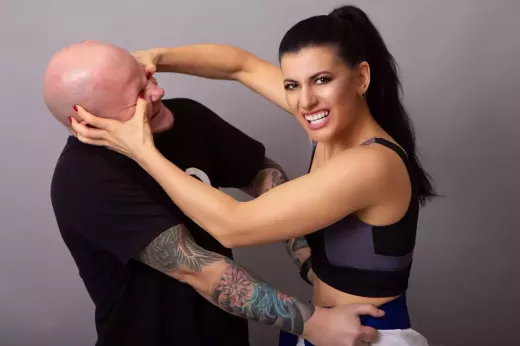History of Judo
Judo was founded in 1882 by Jigoro Kano, a Japanese educator and martial artist. Kano was inspired to create Judo as a way to develop physical fitness, mental discipline, and self-defense skills. He combined the techniques of several martial arts, including Jujitsu, and created a new system that emphasized throws, holds, and locks rather than strikes and kicks.
Judo quickly gained popularity in Japan and was introduced to the rest of the world in the early 1900s. Today, Judo is practiced in over 200 countries and is recognized as an Olympic sport. Judo has also been adapted for self-defense and is used by law enforcement and military personnel around the world.
Judo is not just a sport or a martial art, it is a way of life. Its principles of mutual respect, humility, and self-improvement are deeply ingrained in its practitioners, and its influence can be seen in many aspects of Japanese culture.
The Art of Judo Episode 1
Understanding Judo techniques and principles
Judo techniques are divided into two categories: throws and groundwork. Throws are the most recognizable aspect of Judo and involve using an opponent's momentum and balance to throw them onto the ground. Groundwork, also known as ne-waza, involves immobilizing or submitting an opponent using various holds and locks.
Judo also emphasizes the importance of balance, movement, and timing. Judo practitioners learn to use their opponent's momentum against them and to move in a way that maximizes their own leverage and power. Timing is also crucial in Judo, as even the slightest hesitation can result in a missed opportunity.
Judo techniques are not just physical, they also involve mental and emotional aspects. Judo practitioners learn to remain calm and focused in the face of adversity, and to use their opponent's aggression and energy to their advantage.
Newly invented Judo techniques (The concept of principles)
Benefits of practicing Judo
The benefits of practicing Judo are many and varied. Judo is a great way to get fit, as it provides a full-body workout that improves strength, endurance, and flexibility. Judo also helps to develop mental discipline and self-confidence, as practitioners learn to overcome challenges and push themselves to their limits.
Judo is also an effective form of self-defense, as its techniques are designed to neutralize an opponent quickly and efficiently. Judo practitioners learn to use their body weight and leverage to control an opponent, rather than relying on physical strength alone.
Judo is also a great way to meet new people and become part of a community. Judo dojos, or training halls, are often tight-knit communities where practitioners support and encourage each other. Judo practitioners also learn to respect their opponents and to treat them with kindness and courtesy, both on and off the mat.
The benefits of practicing judo
Judo etiquette and customs
Judo has a rich set of customs and etiquette that are designed to promote mutual respect and humility. When entering a Judo dojo, practitioners bow to show respect for the space and for their fellow practitioners. Practitioners also bow to their opponents before and after each match, to show respect for their skills and to indicate readiness to begin.
Judo practitioners also wear special uniforms, called gis, which are designed to withstand the rigors of training and competition. The gi consists of a jacket, pants, and belt, which are used to indicate rank and skill level.
Judo also emphasizes the importance of proper hygiene and cleanliness. Practitioners are expected to keep their gi clean and to maintain good personal hygiene, including showering before and after practice.
Quick Guide to Judo - Rules, how to play and how to win !
Judo training and equipment
Judo training typically involves a combination of drills, sparring, and conditioning exercises. Practitioners learn the basic throws, holds, and locks, and then practice them with a partner under the supervision of a coach.
Judo equipment includes the gi, as well as various protective gear, such as headgear, mouthguards, and knee pads. Practitioners may also use training aids, such as weights, resistance bands, and training dummies, to improve their technique and strength.
At Home Judo Training With Minimal Equipment.
How to get started with Judo
Getting started with Judo is easy. The first step is to find a local Judo dojo and sign up for classes. Most dojos offer beginner classes, which are designed to teach the basics of Judo in a safe and supportive environment.
Judo is a great way to get fit and learn new skills, but it's important to start slowly and work your way up. Practitioners should focus on mastering the basics before moving on to more advanced techniques.
It's also important to listen to your body and to take breaks when needed. Judo can be physically demanding, especially for beginners, so it's important to build up strength and endurance gradually.
How to get started in judo: From white belt to black belt | Jimmy Pedro and Lex Fridman
Common misconceptions about Judo
There are many misconceptions about Judo, including the idea that it is only for men or that it is too dangerous for beginners. In reality, Judo is a sport and martial art that can be enjoyed by people of all ages, genders, and skill levels.
Another common misconception about Judo is that it is only about winning and losing. While Judo does involve competition, it is also about self-improvement and personal growth. Judo practitioners learn to overcome challenges and to push themselves to their limits, regardless of the outcome of a match.
Judo Misconception - Black Belts Only Train With Black Belts?
Judo tournaments and competitions
Judo tournaments and competitions are a great way for practitioners to test their skills and to meet other Judo enthusiasts. There are many different types of Judo competitions, including local, regional, and national events, as well as international tournaments and the Olympics.
Judo competitions are typically divided by age, gender, and skill level, to ensure that matches are fair and safe. Practitioners compete in weight classes, which are determined by their weight and skill level, to ensure that matches are evenly matched.
Judo Highlights - Judo For The World Paris 2018
Famous Judokas and their achievements
Judo has produced many famous and successful practitioners, including Olympic gold medalist Kayla Harrison and UFC champion Ronda Rousey. These athletes have achieved success both on and off the mat, and have inspired countless others to take up the sport of Judo.
Judo has also had a significant impact on Japanese culture, and is deeply ingrained in its history and traditions. Judo is more than just a martial art or a sport, it is a way of life that promotes physical fitness, mental discipline, and self-improvement.
In conclusion, Judo is a traditional Japanese martial art that has been gaining popularity around the world. It's a great way to get fit, gain self-confidence, and learn self-defense techniques. With this beginner's guide to Judo, you've learned about the history of Judo, the basic techniques, and the benefits of practicing this martial art. You've also learned about Judo etiquette, training, and equipment, as well as common misconceptions and famous Judokas. Whether you're a beginner or have some experience in martial arts, Judo is a great way to improve your physical and mental health, and to become part of a supportive and respectful community. So why not give it a try?
